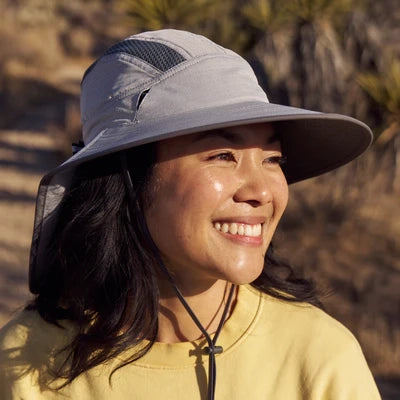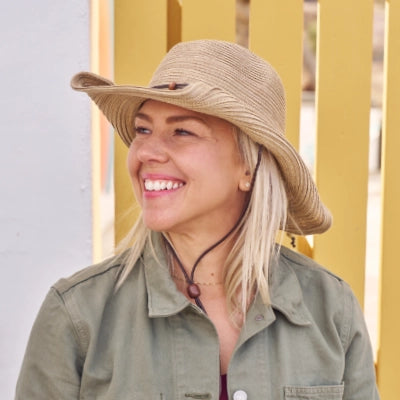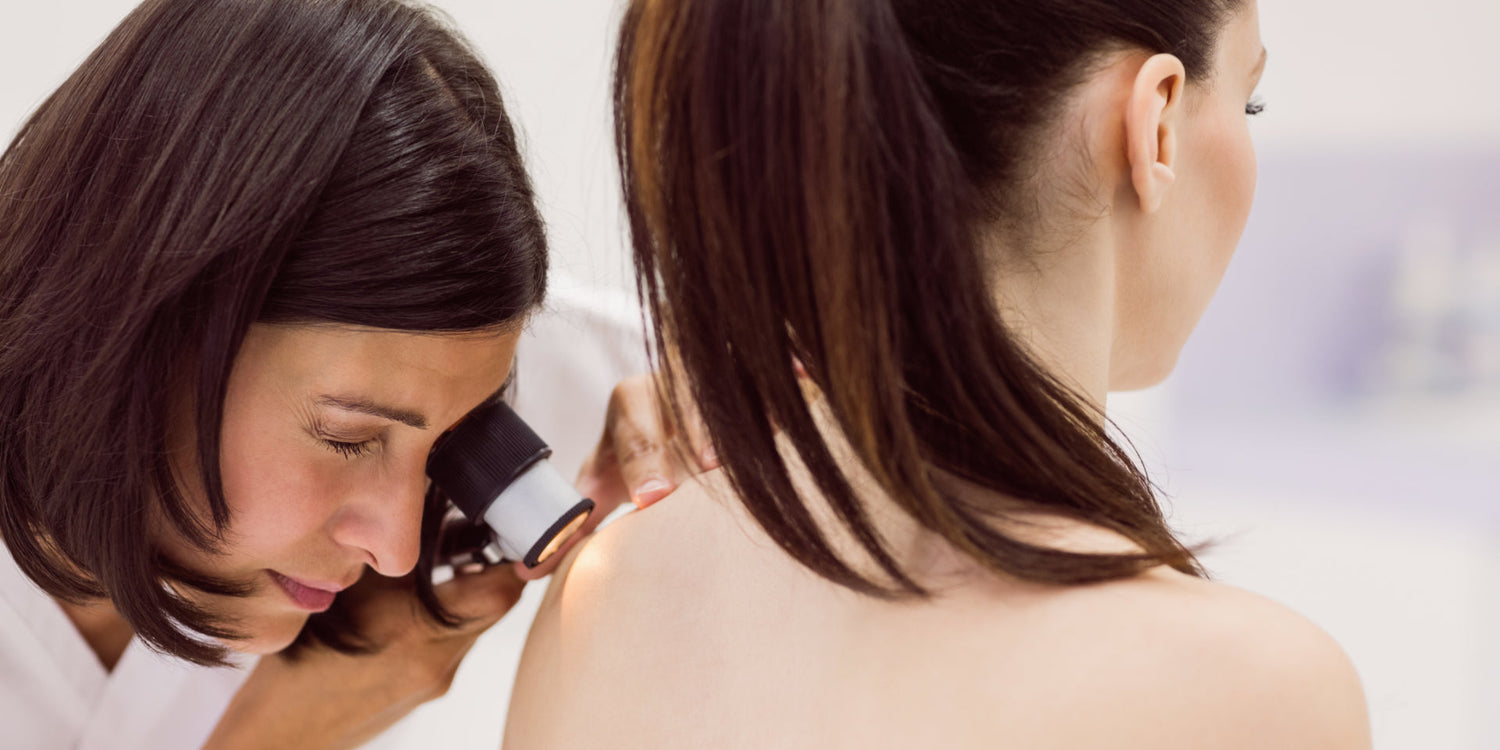Skin cancer is the most common cancer in the UK - and the good news is that it's largely preventable. Whether you're hiking, gardening, or just enjoying a sunny day, understanding the basics of skin cancer can help you stay safe outdoors.
1. What Is Skin Cancer?
Skin cancer occurs when skin cells are damaged - often by ultraviolet (UV) radiation - and begin to grow abnormally. The three most common types are:
Basal Cell Carcinoma (BCC): The most frequent and slow-growing.
Squamous Cell Carcinoma (SCC): Can spread if untreated.
Melanoma: The deadliest form, but highly treatable when caught early.
2. What Causes Skin Cancer?
Around 90% of skin cancers are linked to excess UV exposure - from the sun or tanning beds. UV rays damage the DNA in skin cells, and over time, this can lead to cancer. Risks build up over a lifetime but early sunburns (especially in childhood) significantly raise your chances of developing melanoma.
3. Who’s at Risk from Skin Cancer?
Anyone can develop skin cancer, but higher-risk groups include:
- People with fair skin, red or blonde hair, or light-coloured eyes.
- Those with a history of sunburn or tanning bed use.
- People who spend a lot of time outdoors without protection.
- Individuals with a personal or family history of skin cancer.
4. How to Spot Skin Cancer
Early detection saves lives. Look out for:
- New or changing moles.
- Sores that don’t heal.
- Rough, scaly patches or raised lumps.
- Anything that bleeds, crusts, or feels itchy.
Use the ABCDE rule to check moles:
- Asymmetry
- Border irregularity
- Colour variation
- Diameter larger than 6mm
- Evolving in shape or size
Check out this UK self-exam guide from Melanoma Focus
Download the British Association of Dermatologists mole self-check leaflet (PDF)
Read the NHS guide.
We recommend doing a full-body skin check once a month, and scheduling a professional check annually, especially if you're at high risk.
5. Diagnosis & Treatment
If you notice anything suspicious, see a GP or dermatologist. A skin biopsy may be taken to confirm a diagnosis.
Most skin cancers are treated effectively with:
- Surgical removal.
- Topical treatments, cryotherapy, or radiotherapy, depending on the type and stage.
Melanoma may require more advanced treatment if it has spread, but survival rates are high when caught early.
6. How to Prevent It
You don’t have to hide indoors - just be smart in the sun:
- Avoid peak UV hours (11am–3pm) when possible.
- Wear UPF-rated clothing, including long sleeves and wide-brim hats.
- Apply SPF 30+ sunscreen 15–30 minutes before going out and reapply every 2 hours.
- Use sunglasses which provide UV protection.
The Takeaway
Skin cancer is serious, but it's also preventable and treatable when caught early. Protect your skin, check it regularly, and don’t ignore changes. Sun safety is about enjoying the outdoors for life - not avoiding it!
Sunday Afternoons sun hats are designed with UPF 50+ fabric, breathable materials, and styles that keep you covered without sacrificing comfort. Whether you're on a mountain trail or out with the kids, your skin stays protected.









